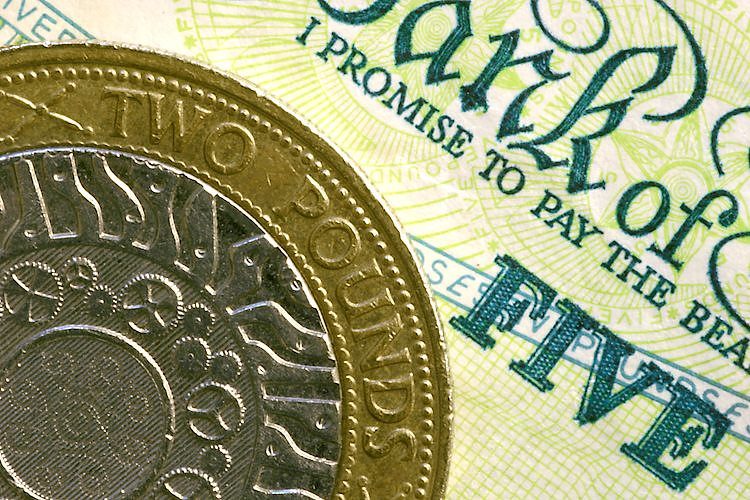The Pound Sterling has shown a strong recovery to near 1.3400 against the US Dollar, driven by expectations of a 50 bps interest rate cut by the Federal Reserve in November. Investors are eagerly awaiting Fed Chairman Powell’s speech and the PCE inflation data for August. The Bank of England is expected to follow a shallow monetary policy-easing cycle as compared to the Fed.
The GBP/USD pair rebounded strongly after a sharp correction on Wednesday, finding support as investors believe the Fed’s policy-easing cycle will be deeper and faster than that of the BoE. The CME FedWatch tool predicts a total reduction of 75 bps in the key borrowing rates for the remaining two meetings this year, with a higher probability of a 50 bps rate cut in November. Market participants are closely monitoring speeches from Fed policymakers and the upcoming PCE data for further interest rate cues.
The Pound Sterling is trading cautiously against major peers due to the absence of top-tier UK economic data. Investors are influenced by market sentiment and expectations regarding the BoE interest rate outlook. The BoE is likely to deliver one interest rate cut in its remaining policy meetings this year, with policymakers concerned about persistent price pressures from high service sector inflation.
In technical analysis, the Pound Sterling has gathered strength to recapture 1.3400 against the US Dollar. The GBP/USD pair faced selling pressure after hitting a more-than-two-year high at 1.3430 but the near-term outlook remains firm with the 20-day EMA sloping higher. The RSI suggests an active bullish momentum, with resistance near 1.3500 and support at 1.3000.
The Core Personal Consumption Expenditures (PCE) measures changes in prices of goods and services purchased by consumers in the US. It is the Fed’s preferred gauge of inflation, with the YoY reading comparing prices to the same month a year earlier. A high reading is bullish for the USD, while a low reading is bearish. This economic indicator is closely watched by investors for insights into inflationary pressures and potential future Fed policy actions.











